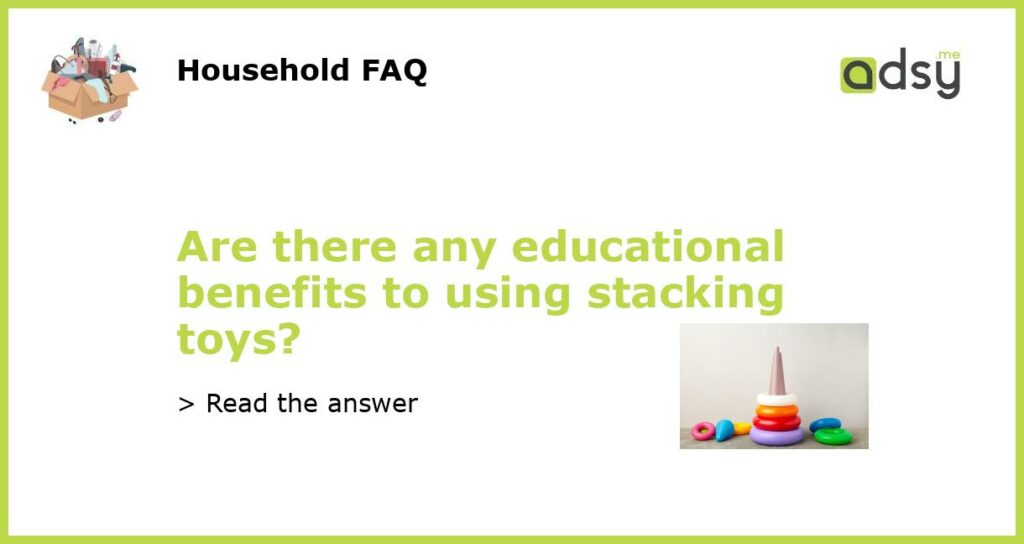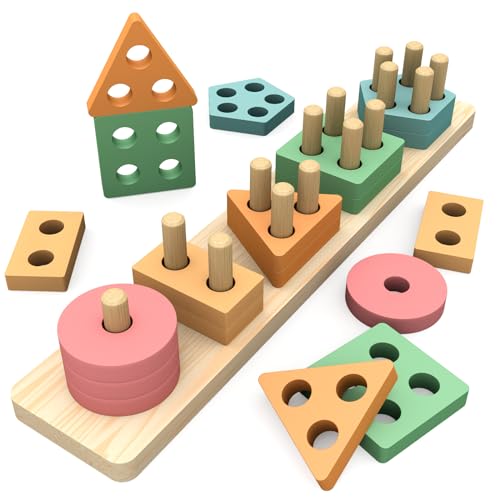Introduction
Stacking toys are a staple in many early childhood classrooms and households. These types of toys typically consist of various blocks or discs that can be stacked on top of each other. While many people may view stacking toys as simple entertainment for young children, there are actually several educational benefits to using these toys. In this article, we will explore the different ways that stacking toys can support children’s learning and development.
Developing fine motor skills
One of the primary educational benefits of stacking toys is their ability to promote the development of fine motor skills. As children grasp and manipulate the blocks or discs, they are engaging the muscles in their hands and fingers. This helps to strengthen these muscles and improve dexterity, which is essential for tasks such as writing, drawing, and using utensils. By regularly playing with stacking toys, children can refine their hand-eye coordination and gain more control over their fine motor movements.
Encouraging problem-solving and spatial awareness
Stacking toys also provide opportunities for children to engage in problem-solving and develop their spatial awareness skills. As children experiment with different ways to balance and align the blocks or discs, they are using their critical thinking skills to determine the best approach. They must consider factors such as weight distribution and stability, which requires them to think spatially. Through trial and error, children learn how to problem-solve and overcome challenges, fostering a growth mindset and a sense of accomplishment.
Promoting cognitive development
Stacking toys can also support cognitive development in young children. As they stack and arrange the blocks or discs, children are practicing basic math concepts such as counting, sequencing, and comparing sizes. They can explore concepts such as “more” and “less,” as well as learn about patterns and symmetry. Additionally, stacking toys can help children develop their understanding of cause and effect. For example, if they place a block in an unstable position, it may fall down, teaching them about the consequences of their actions.
Fostering creativity and imagination
Finally, stacking toys can inspire creativity and imagination in young children. As they engage in open-ended play with the blocks or discs, children have the freedom to create their own structures and designs. This allows them to explore their creativity and use their imagination to construct unique and imaginative creations. Stacking toys can also be combined with other toys, such as figurines or toy vehicles, to create more elaborate play scenarios and storylines. This type of imaginative play encourages children to think creatively and develop their storytelling skills.






